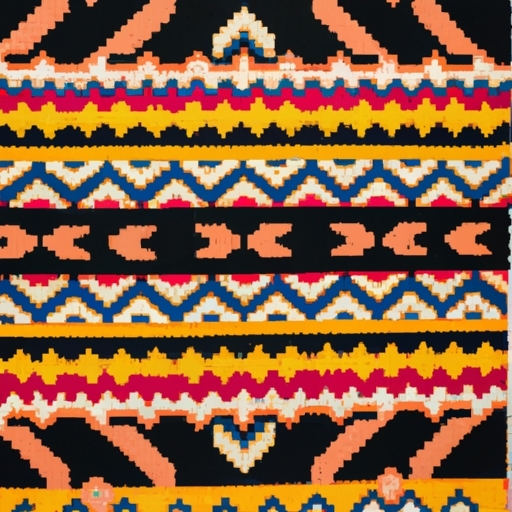native american-inspired designs.
History and Cultural Significance of Southwestern Rugs
Native American art holds immense historical significance, as it showcases the rich cultural heritage of indigenous tribes. The intricate designs and motifs found in their artwork have greatly influenced contemporary design, leaving an indelible mark on various artistic disciplines.
The art of Native Americans encompasses a wide range of mediums, including pottery, beadwork, textiles, and jewelry. These creations often reflect the deep spiritual connection that native people have with nature and their surroundings. By incorporating elements such as animals, plants, and celestial bodies into their designs, Native American artists were able to express their profound respect for the natural world.
One notable aspect of Native American art is its ability to tell stories. Through symbols and patterns carefully woven or etched onto their pieces, artists conveyed narratives that held great cultural significance. Each design had a unique tale to share - whether it was about the creation myth or an important event in tribal history. This storytelling tradition continues to inspire contemporary designers who seek to infuse meaning into their work.
Furthermore, Native American art has significantly influenced contemporary design aesthetics. Elements such as geometric patterns, vibrant colors, and organic forms frequently draw inspiration from traditional native artwork. Modern fashion designers often incorporate these influences into clothing collections or accessories like statement jewelry. Interior designers also look to these ancient designs when creating spaces that evoke a sense of harmony with nature.
Despite its historical importance and enduring influence on contemporary design, there are challenges associated with appropriating Native American-inspired designs without proper understanding or respect for indigenous cultures. It is crucial for designers to approach this style with sensitivity and engage in meaningful collaborations with native artists or communities.
In conclusion, Native American art stands as a testament to the richness of indigenous cultures throughout history. Its historical significance cannot be understated, as it continues to shape contemporary design practices across various artistic fields today. However, it is essential for designers to tread carefully when drawing inspiration from this cultural heritage so as not to perpetuate stereotypes or disrespect indigenous traditions.
